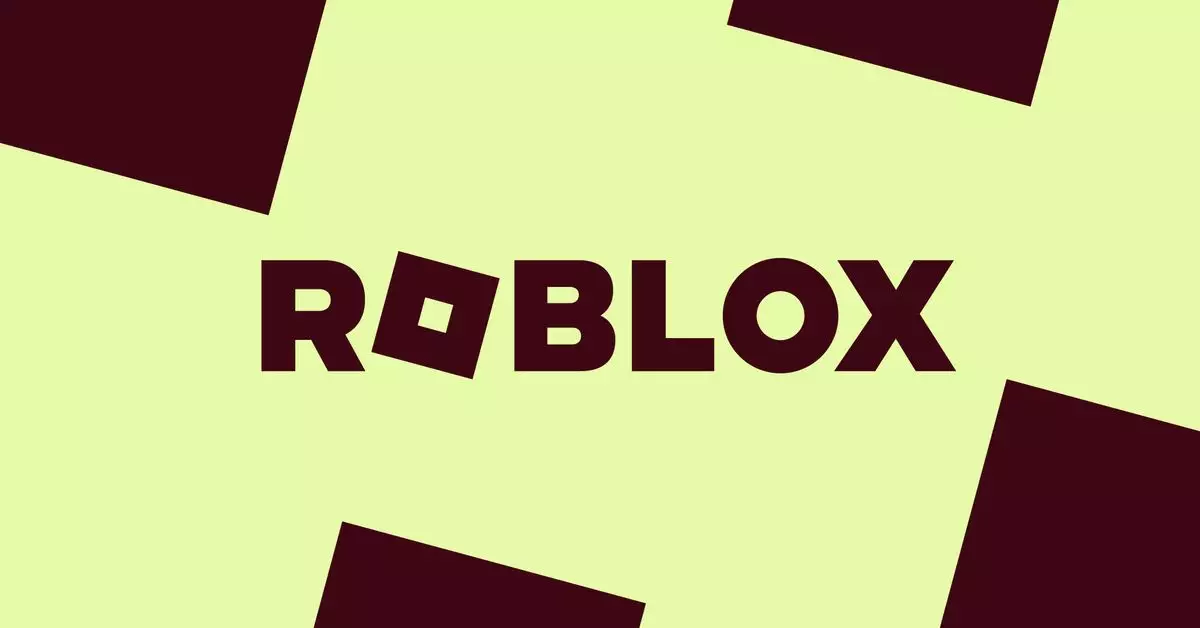Roblox, a leading platform in the realm of online gaming, has recently announced significant changes designed to enhance parental control and safeguard the youngest users. This move comes on the heels of increasing scrutiny over the platform’s ability to protect children in a space where they interact with others digitally. The change is consequential, considering the growing body of reports asserting that young users are vulnerable to predators and inappropriate content. In July, a detailed Bloomberg report shed light on alarming experiences of child exploitation, prompting both public outrage and governmental action. For instance, Turkey imposed a temporary ban on Roblox, citing the urgent need to protect its children from potential dangers present on the platform.
In response to these stark realities, Roblox is implementing changes that aim to restrict access for pre-teens while simultaneously granting parents more authority over their children’s online interactions. Beginning next month, children under the age of 13 will require parental consent to use specific chat functionalities, while those under 9 will find their gaming options more limited, needing permission to engage with experiences that come with a “moderate” content label—a designation covering everything from mild violence to crude humor.
These changes represent a significant shift in Roblox’s approach to user safety, moving away from a broad age-based rating system to a more nuanced content label classification. The platform hopes this shift will provide parents with clearer insights into the nature of the content their children are accessing.
As part of its revamped parental control strategy, Roblox will introduce a new type of account specifically designed for parents. By linking their accounts to their children’s, parents will be able to monitor usage, manage settings, and gain insights into their children’s interactions on the platform. However, this update raises some eyebrows among privacy advocates and parents alike. While parents will gain certain management features, the inability to set a parent PIN or restrict their children’s accounts from sending in-game chats could leave more progressive parents feeling exposed.
The lack of robust restrictions might undermine the very safety measures Roblox is trying to champion. Parents may feel partially empowered but ultimately limited in their ability to enforce boundary-setting for their children. The struggle for balance—between giving children the freedom to engage in a virtual world and ensuring their safety—is a complex endeavor.
Roblox’s policy revisions resonate deeply with a broader trend across the digital landscape, where children’s online safety has become an urgent priority for many companies. The recent spate of incidents related to child safety in gaming environments underscores the need for online platforms to prioritize the well-being of their most vulnerable users. Nonetheless, the effectiveness of these new measures remains to be seen. With varying degrees of enforcement, companies face the challenge of not just creating policies but also effectively implementing them.
Moreover, parents typically juggle their own busy lives, meaning that they may not always have the time or resources to actively manage their children’s online activities—even with the new insights that Roblox aims to provide. For these changes to be genuinely effective, Roblox must accompany policy updates with educational initiatives aimed at informing parents about online dangers and how they can employ these new tools best.
While the steps that Roblox is taking are well-intentioned and represent a significant acknowledgment of issues impacting child safety in gaming environments, it’s essential to remain critical of their sufficiency. The introduction of mandated parental consent for certain functionalities may provide a safety net, but doubts linger regarding the robustness of these measures. The balance between enabling enjoyable online experiences and preventing harm is precarious.
Moving forward, it will be crucial for Roblox to adopt a holistic approach that integrates technology with education, fostering an environment where children’s safety is genuinely prioritized, and families are equipped to navigate this complex terrain. This journey is not just a new chapter for Roblox, but a significant inflection point in the ongoing charge towards creating safer online spaces for children—a task that will require diligence, transparency, and a commitment to meaningful change.


Leave a Reply